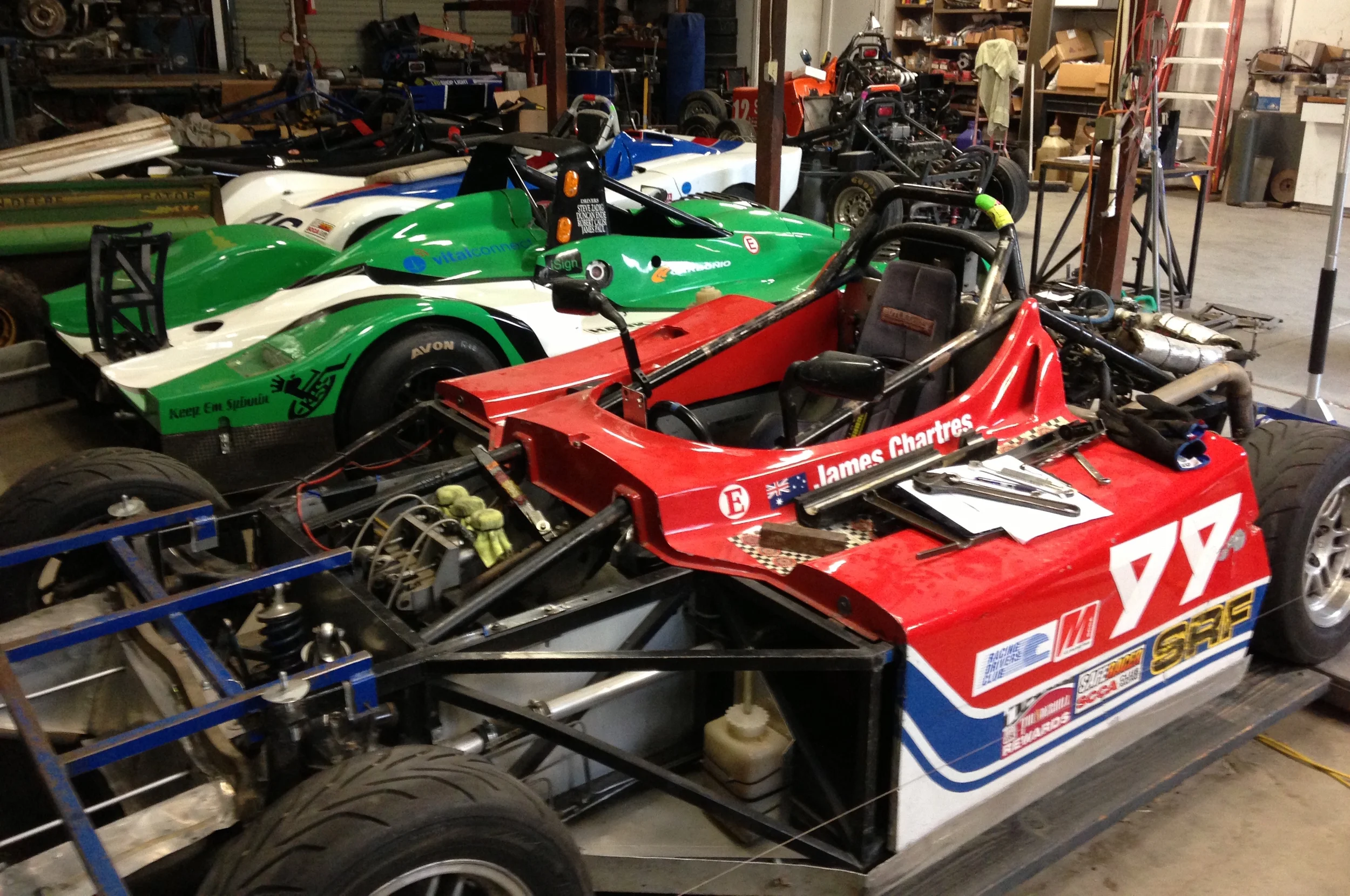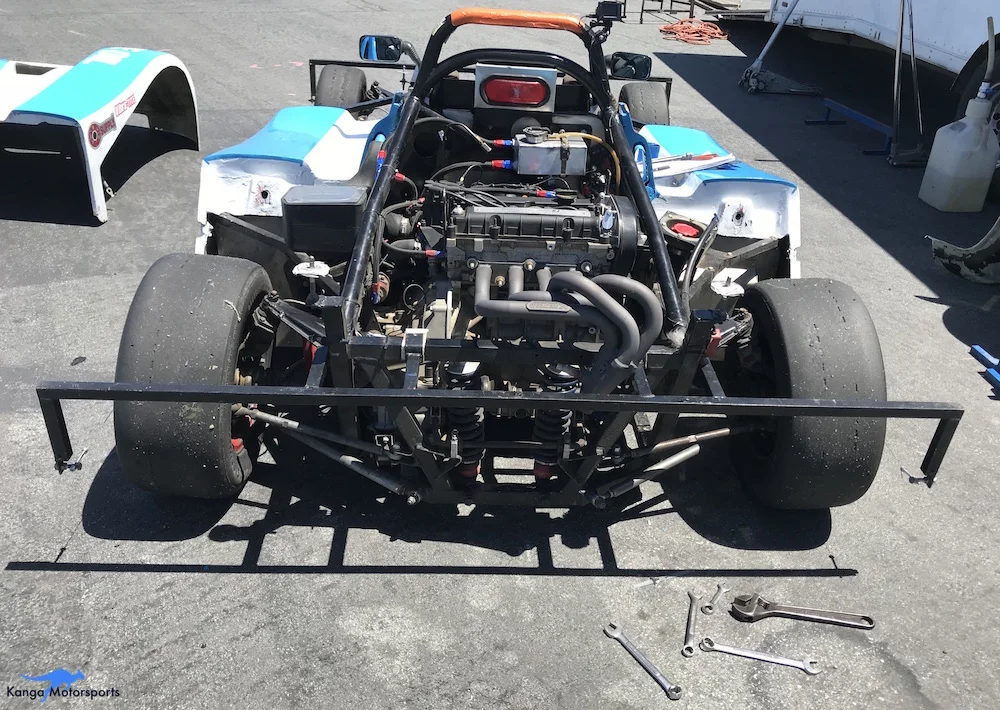Spec Racer Ford Setup Instrutions
Equipment needed:
Scales
Flat and level measurement pad
Caster gauge
Camber gauge
Toe bars
Pocket steel rule
Scribe / pick
1/2" and 3/4" socket and impact/ratchet
Inboard 5/8" LCA wrench
3/8”, 1/2”, 9/16”, 5/8", 11/16” and 15/16” wrenches
Adjustable crescent wrench
Setup Procedure:
Set tyre pressures to hot setting (26 psi for the Hoosiers)
Ensure water and oil levels are topped up
Fill with fuel
Have ballast weight in the car
Place on flat surface with scales
Measure total weight of car with driver
Remove driver, nose & tail (my setup is done without these)
Disconnect sway bars
Put the steering wheel straight ahead lock in place, use a wedge between steering column and upper frame tube
Set Ride Height by adjusting spring perches
Set shock rebound by using a scribe to increase/decrease (I go all the way to one end and back off from there)
Set Castor by adjusting rear/forward arm link of lower control arm for the front/rear respectively
Set Camber by adjusting the lower control arm rod end
Set Corner Weights by minor adjustments of the spring perches (I get these within 5lbs side to side and diagonally)
Install toe bars and run the strings
Set Toe by adjusting the steering links at the front and toe links at the rear
Check rear bump steer: by using a jack to raise the car and then measuring the toe change through the range, adjustment can be made by shimming toe links or modifying the brackets for extreme changes
Check front bump steer: I don’t normally bother with front bump but the process is similar to the front except you shim the steering rack side or have the new style adjustable steering rods
Re-measure and check everything one last time (large changes in caster, camber, toe or bump can mess up your earlier measurements)
Reconnect Sway Bars
Set front and rear sway bars
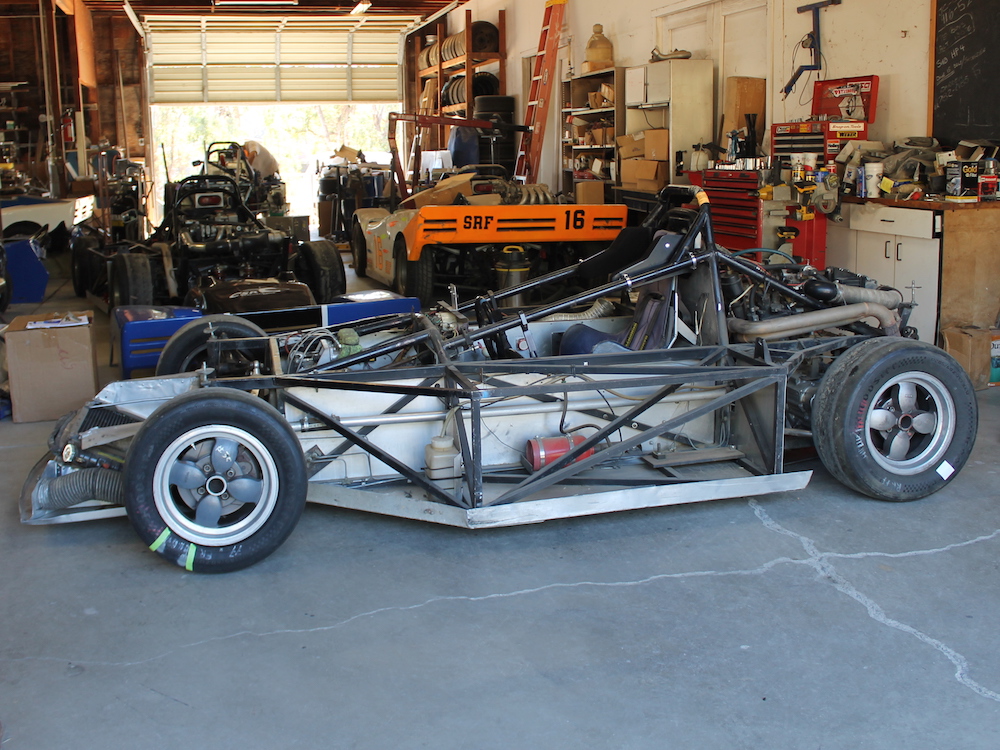
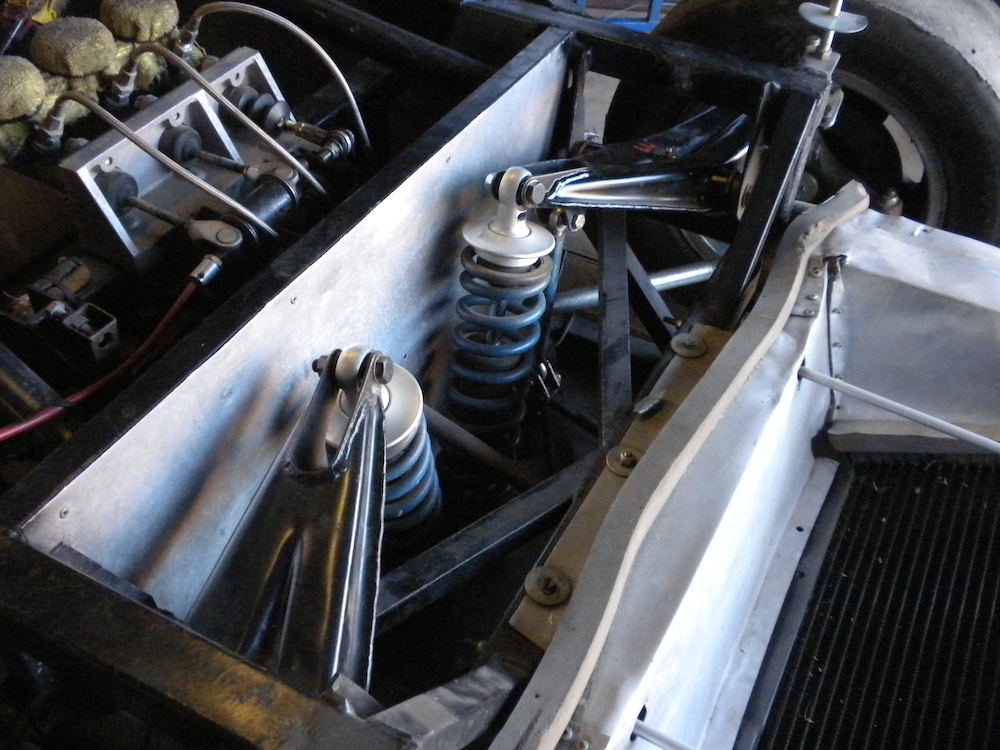
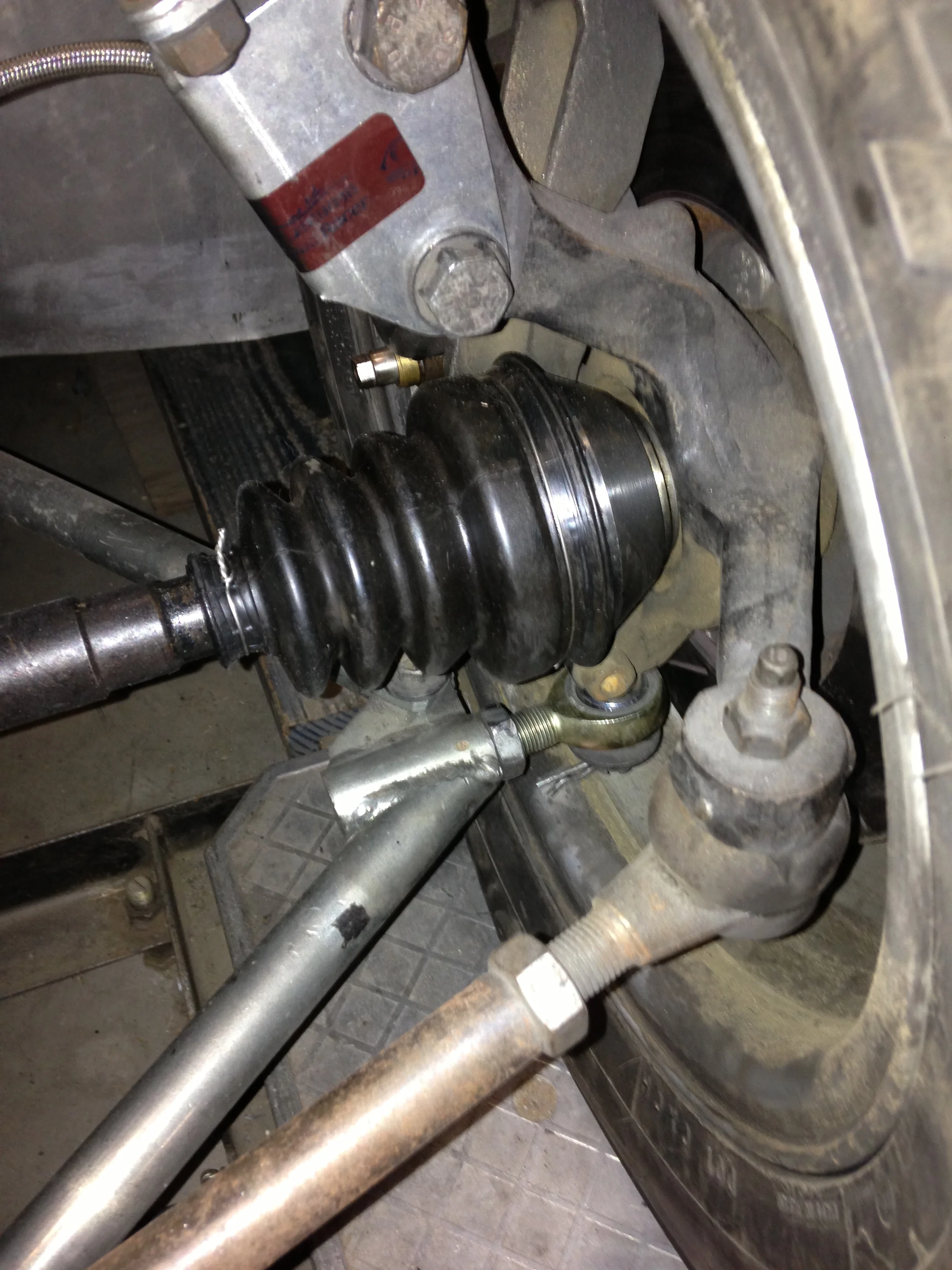
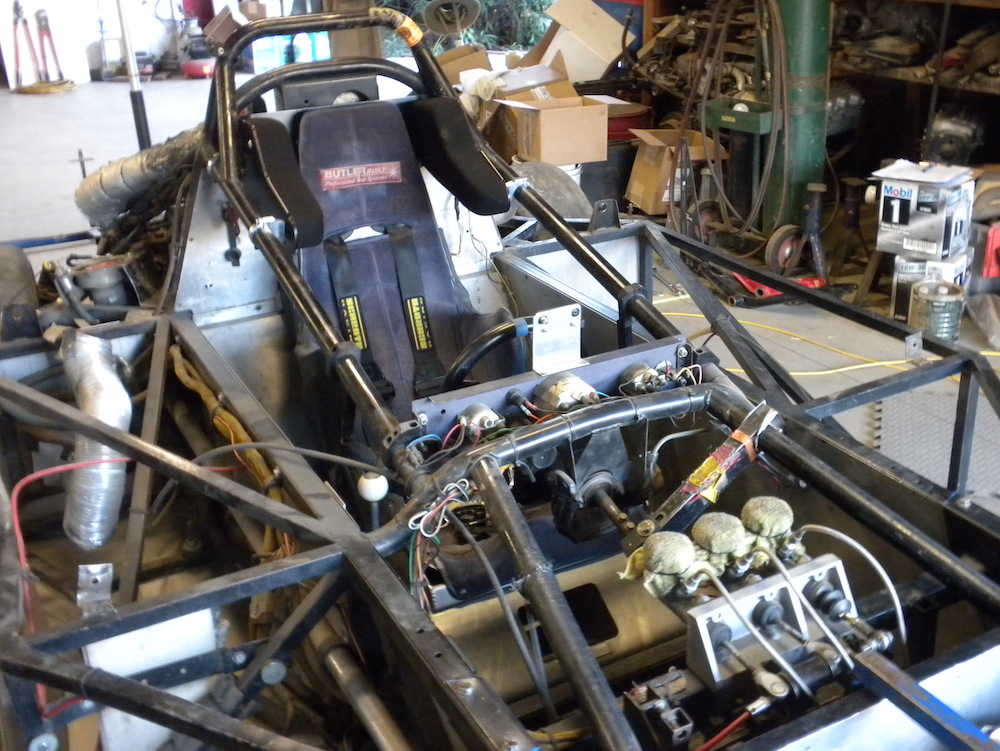
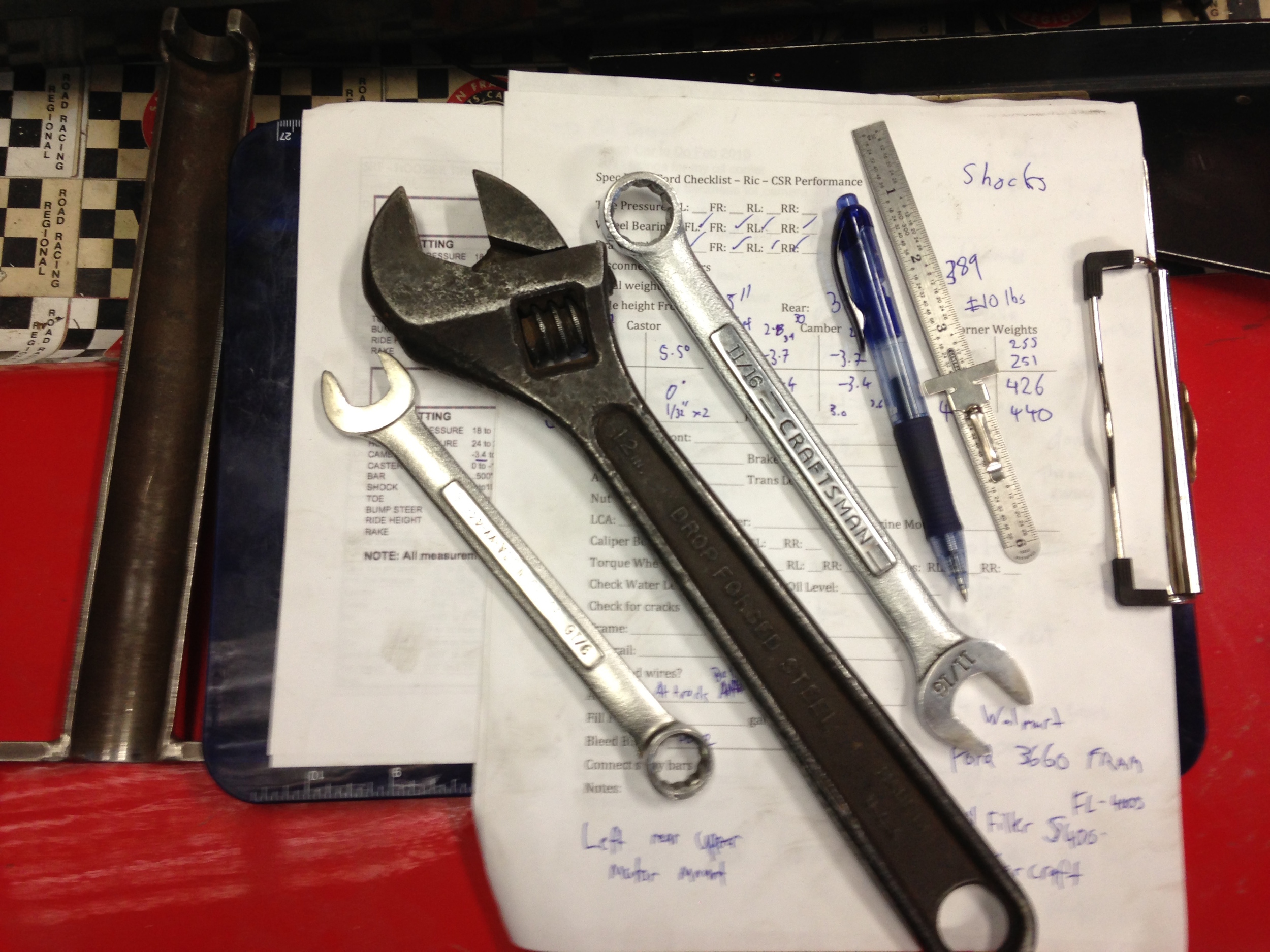
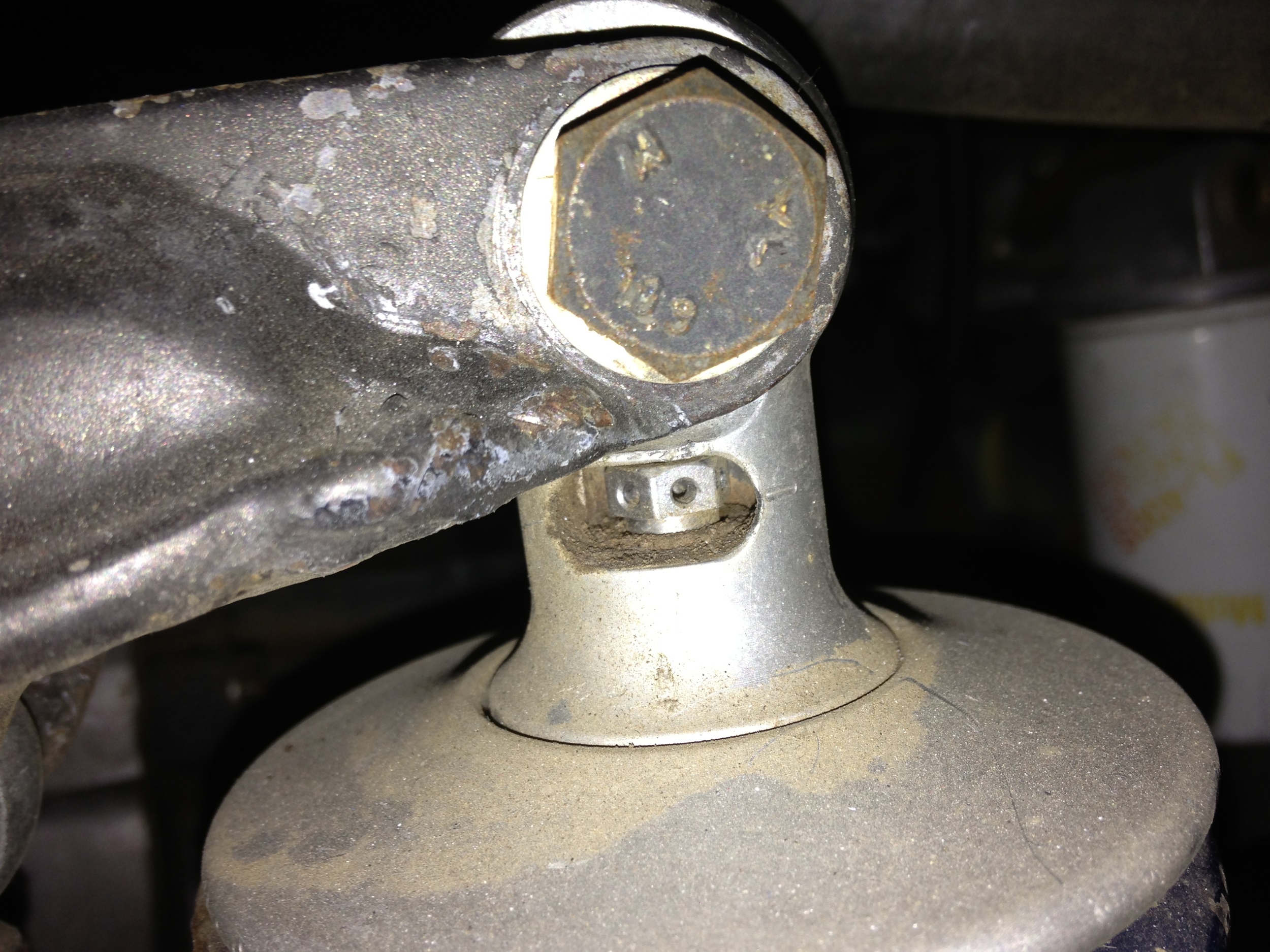
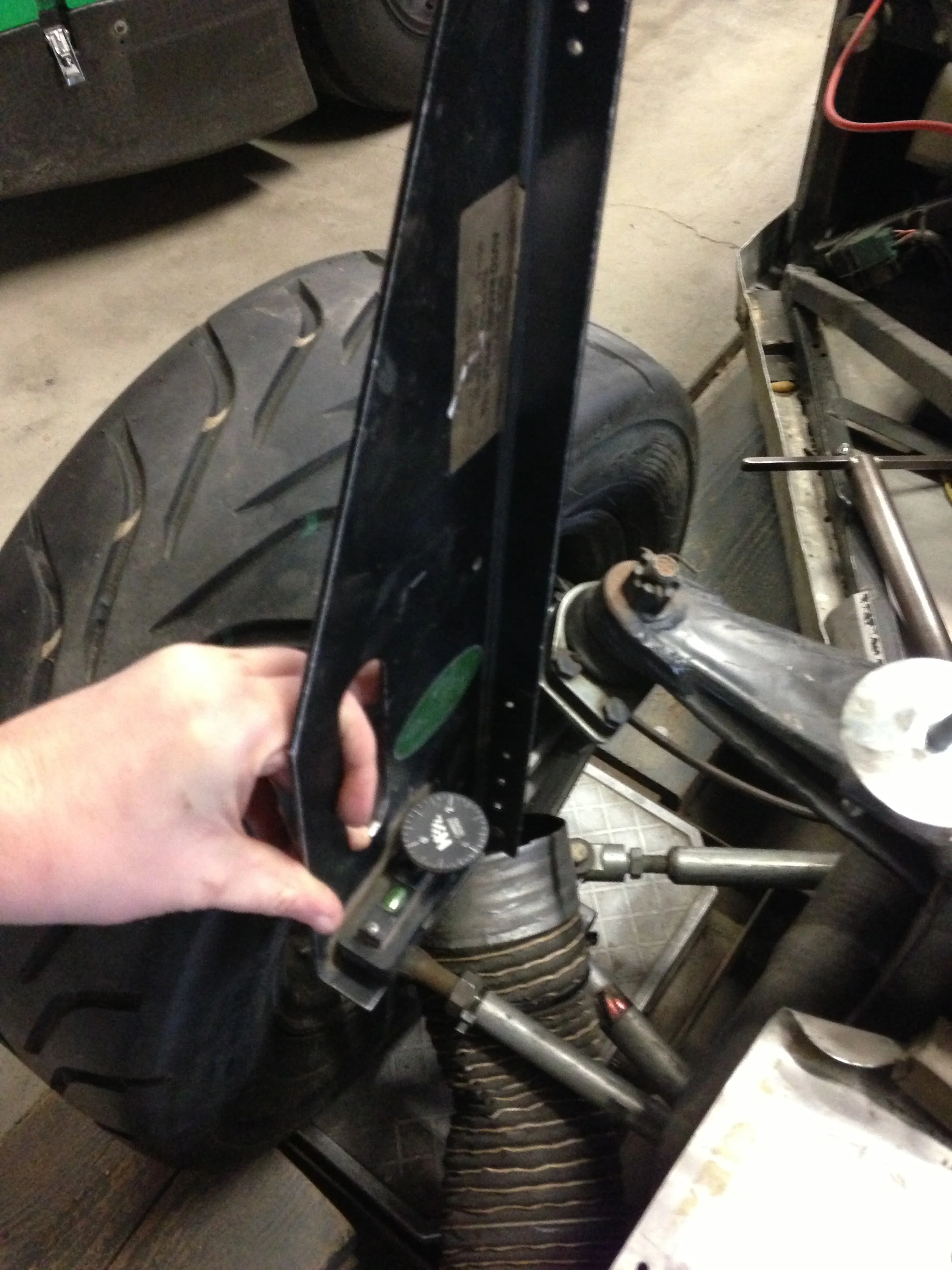
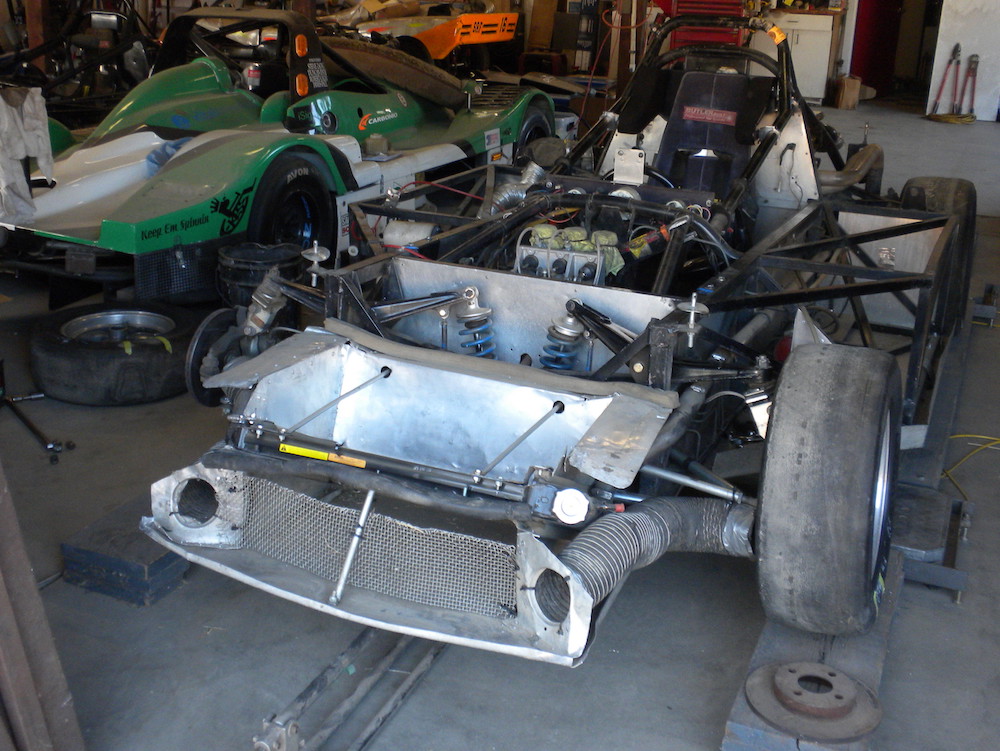
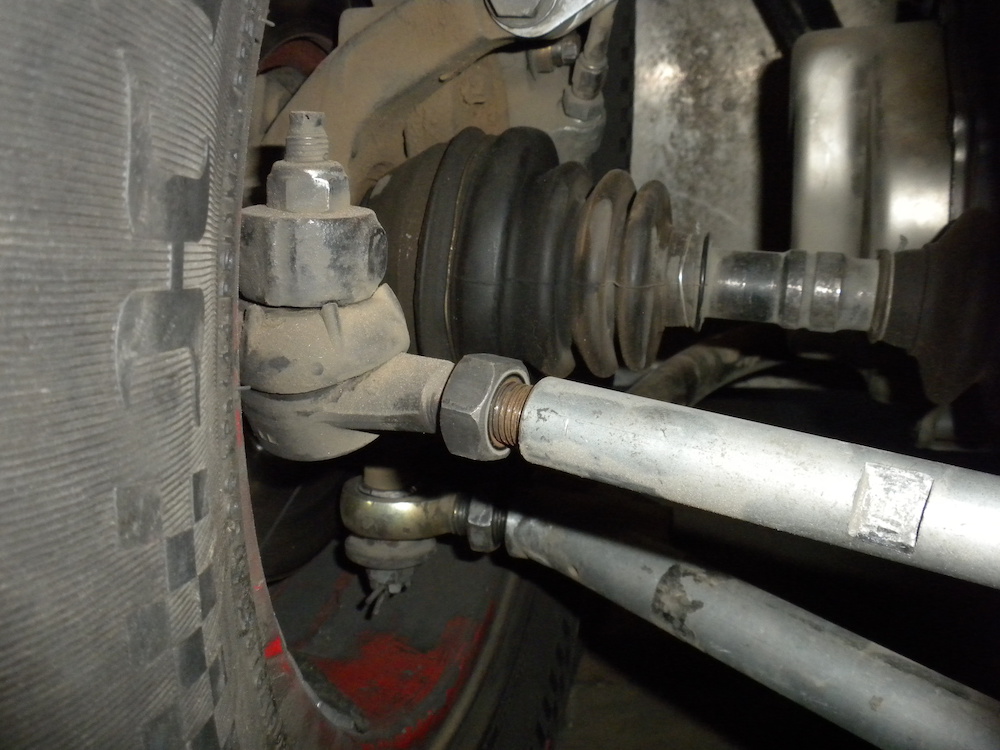
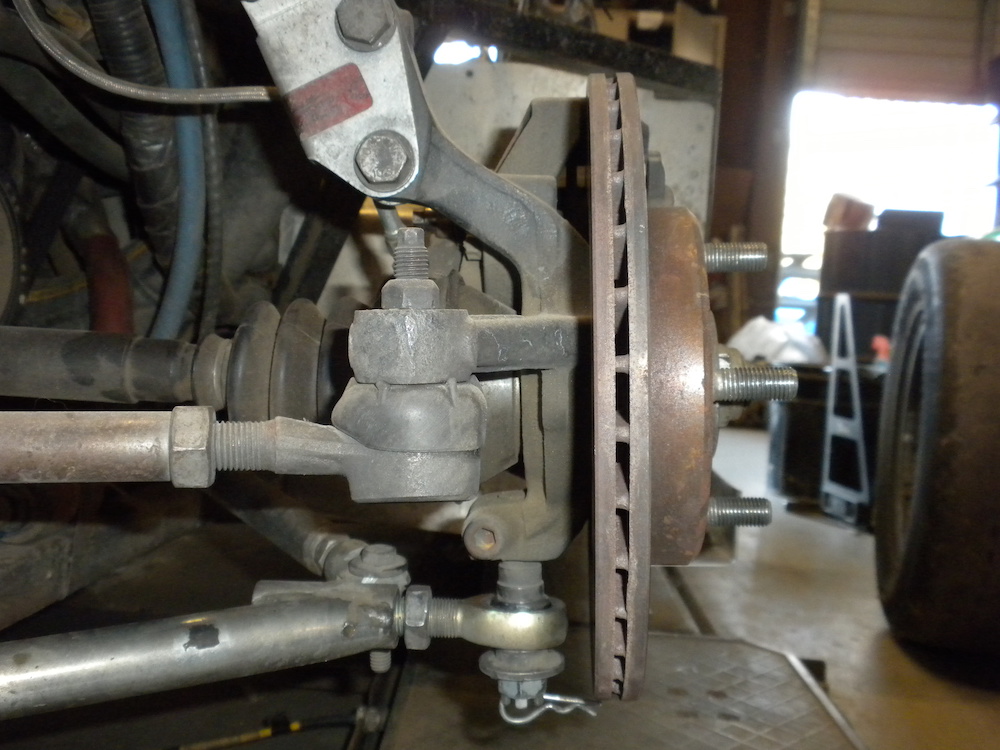
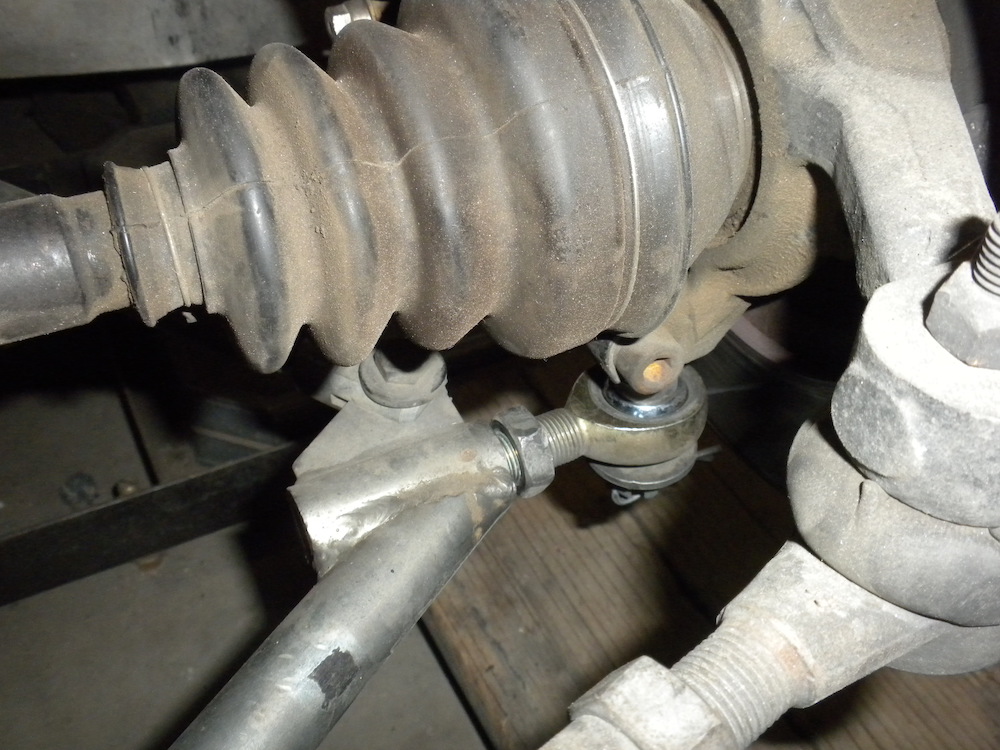
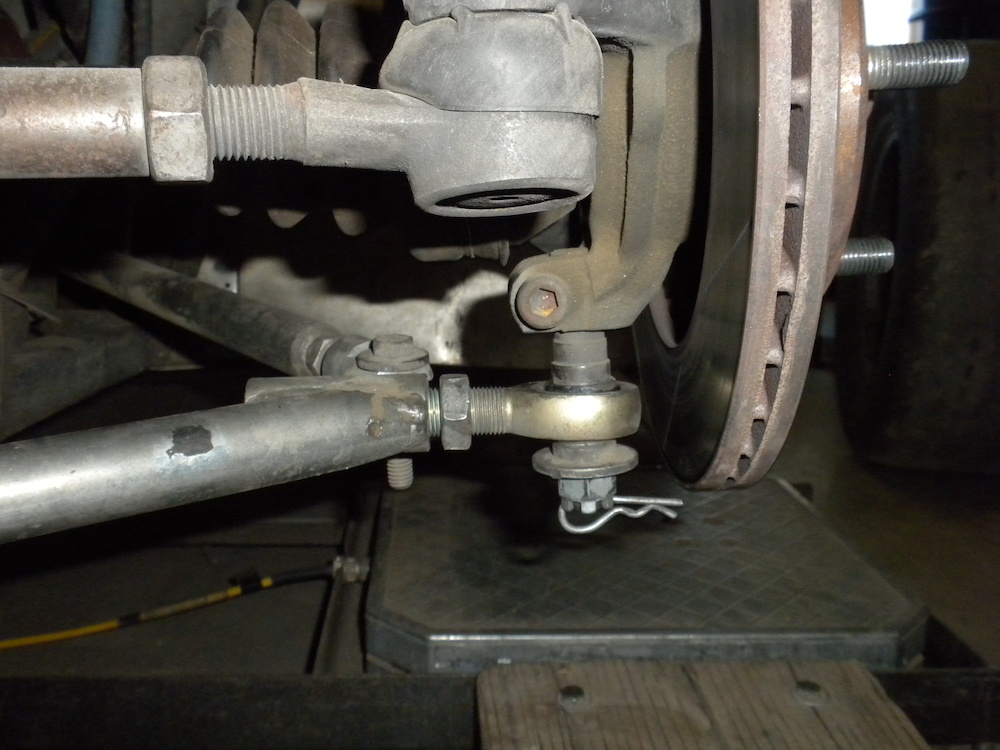
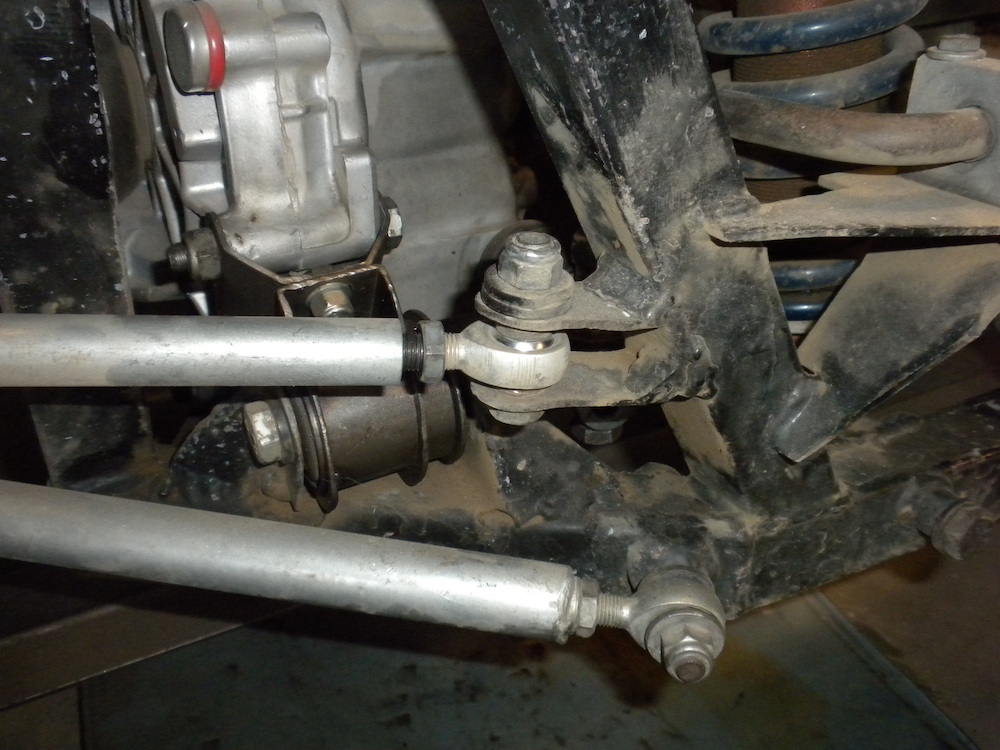
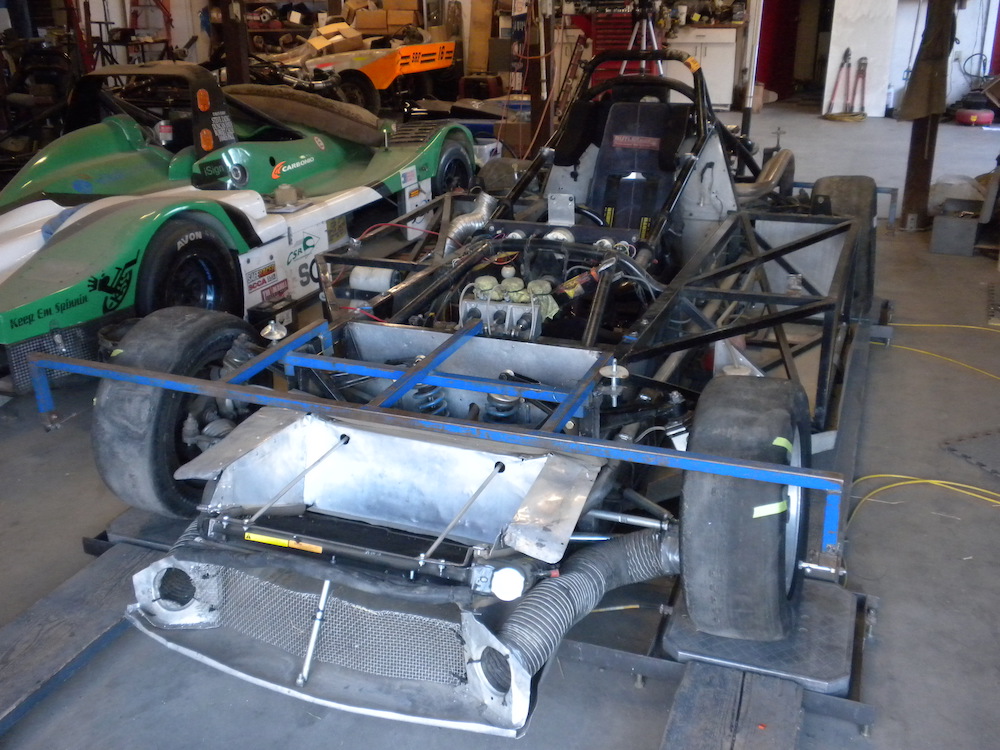
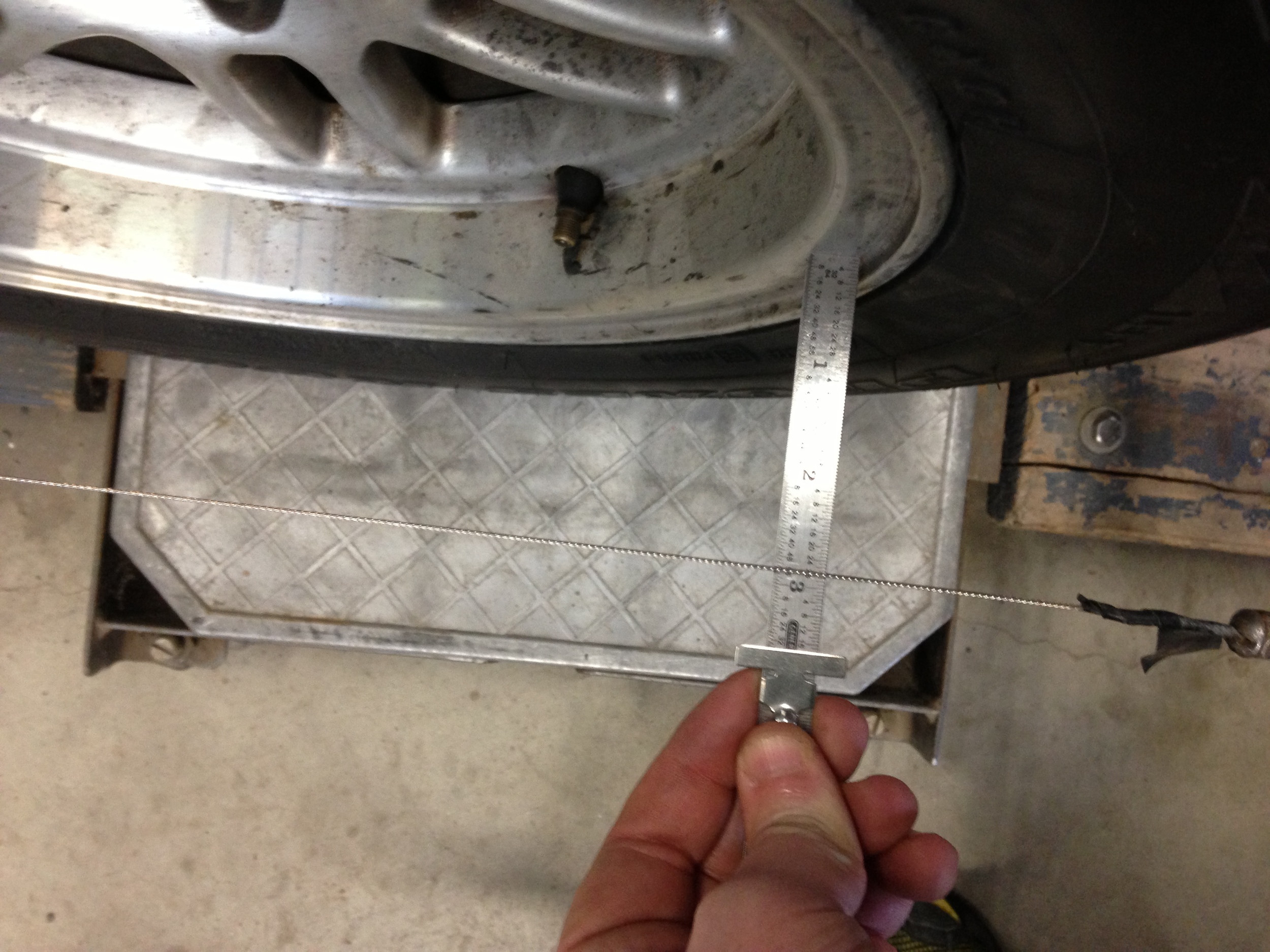
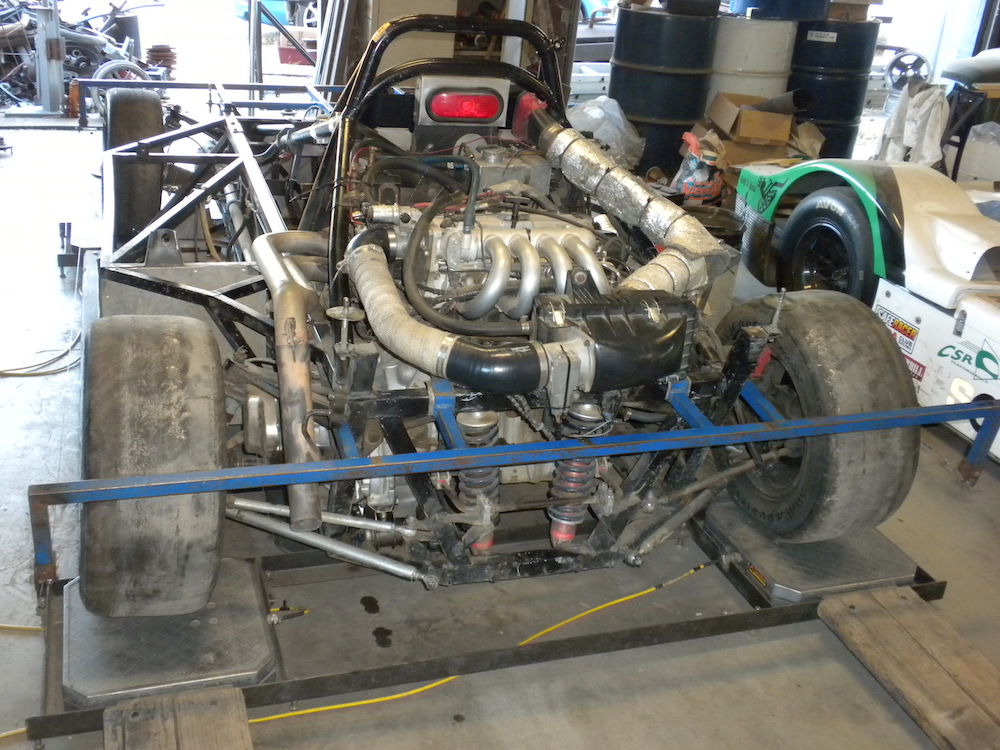
Quick Toe Check
If you have an off, hit the curbing hard or have contact you should check the toe. This can be done quickly and easily at the track with a flat surface, a set of alignment bars and a pocket rule for measuring. Make sure the steering wheel is straight and measure the difference between the alignment strings and the edge of the wheels.
Track Setups
WeatherTech Raceway Laguna Seca
Hot tire pressures 26 psi
Ride Height: Front 3.25”, Rear 3.75”
Corner weights: within 5lbs side to side and diagonally
Shocks Rebound (from full hard): Front 10 / Rear 8
Castor: Front +4.8 degrees, Rear 0 degrees
Camber: Front -4.0 degrees, Rear -3.9 degrees
Sway Bar: Front 1” (25mm) from full soft, Rear 1” (25mm) from full soft
Bump Steer: Front N/A, Rear 1/32” in
Toe: Front 3/32” (2.5mm) total, Rear 1/32” (1mm) in each side
Updated: 24 May 2022
Thunderhill Raceway
Hot tire pressures 26 psi
Ride Height: Front 3.25”, Rear 3.75”
Corner weights: within 5lbs side to side and diagonally
Shocks Rebound (from full hard): Front 12 / Rear 10
Castor: Front +5.5 degrees, Rear 0.0 degrees
Camber: Front -4.0 degrees, Rear -3.9 degrees
Sway Bar: Front 15/16” (24mm) from full soft, Rear 25/32” (20mm) from full soft
Bump Steer: Front N/A, Rear 1/32” in
Toe: Front 1/16” (2mm) out each side, Rear 1/32” (1mm) in each side
Updated: 29 March 2019
Sonoma Raceway
Hot tire pressures 26 psi
Ride Height: Front 3.25”, Rear 4.0”
Corner weights: within 5lbs side to side and diagonally
Shocks Rebound (from full hard): Front 14 / Rear 12
Castor: Front +6.0 degrees, Rear 0 degrees
Camber: Front -4.0 degrees, Rear -3.9 degrees
Sway Bar: Front 1” (25mm) from full soft, Rear 0” (0mm) from full soft
Bump Steer: Front N/A, Rear 0 in
Toe: Front 2mm out each side, Rear 2mm in each side
Updated: 21 October 2018

